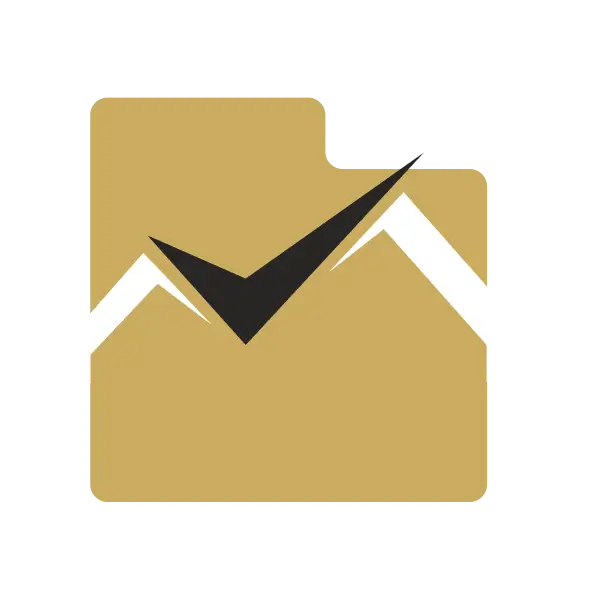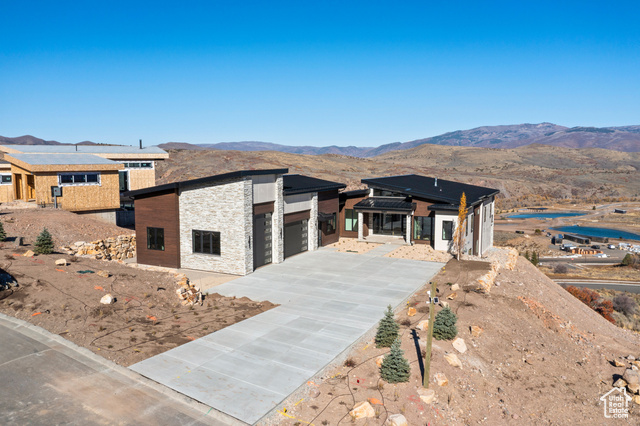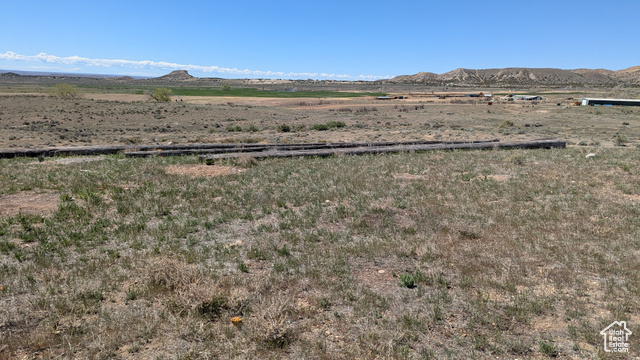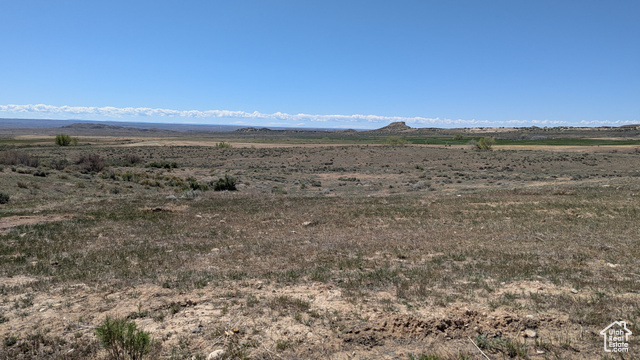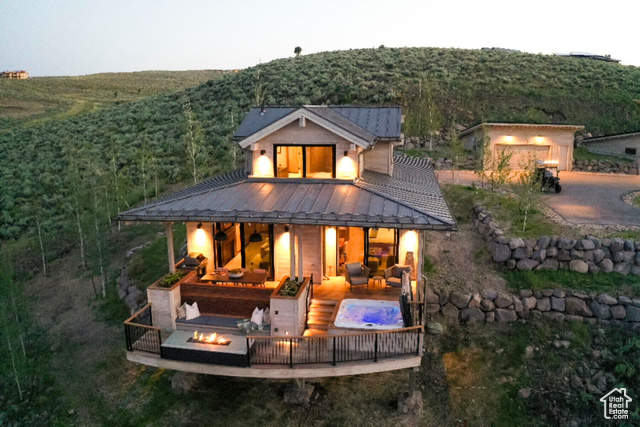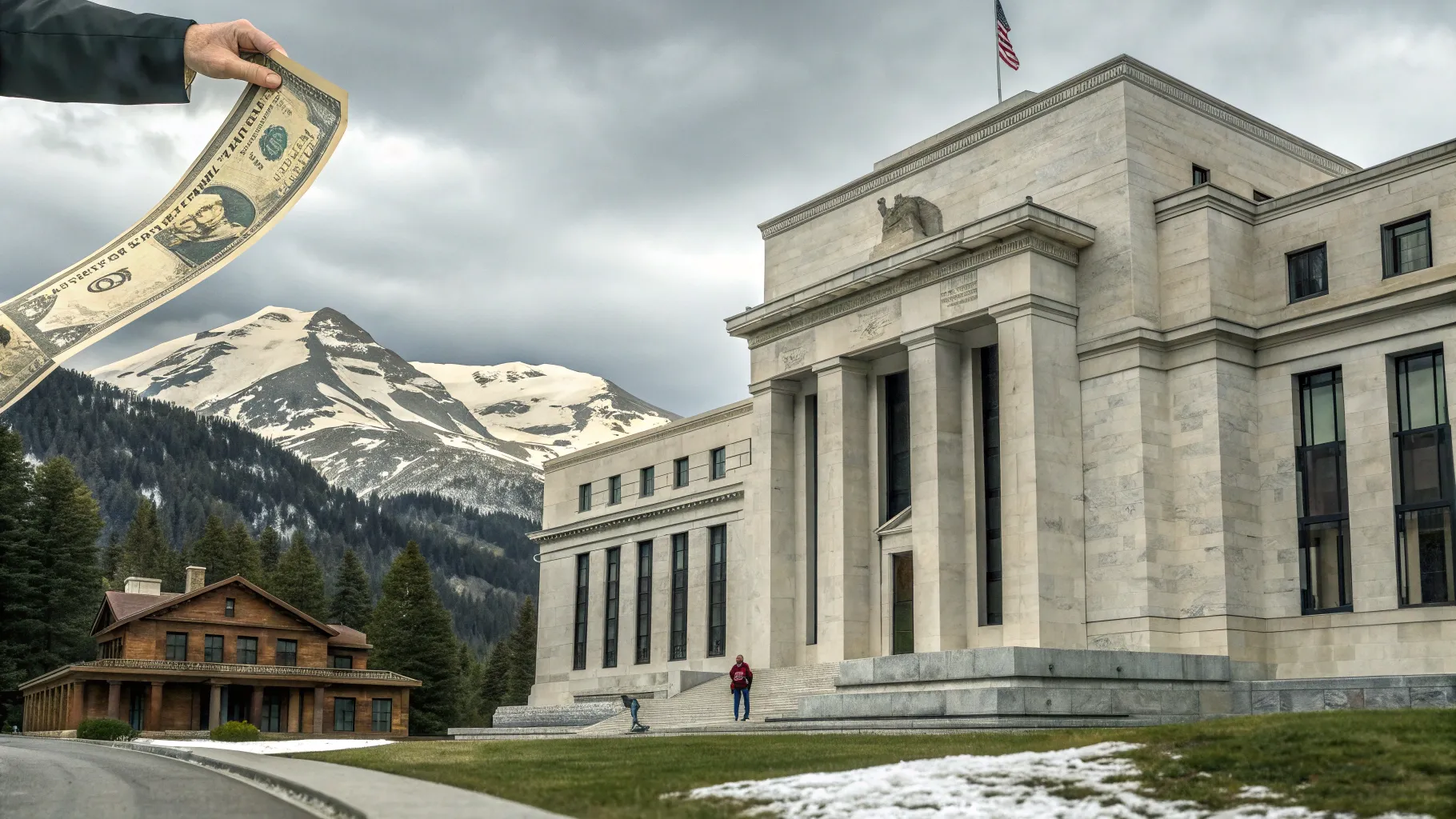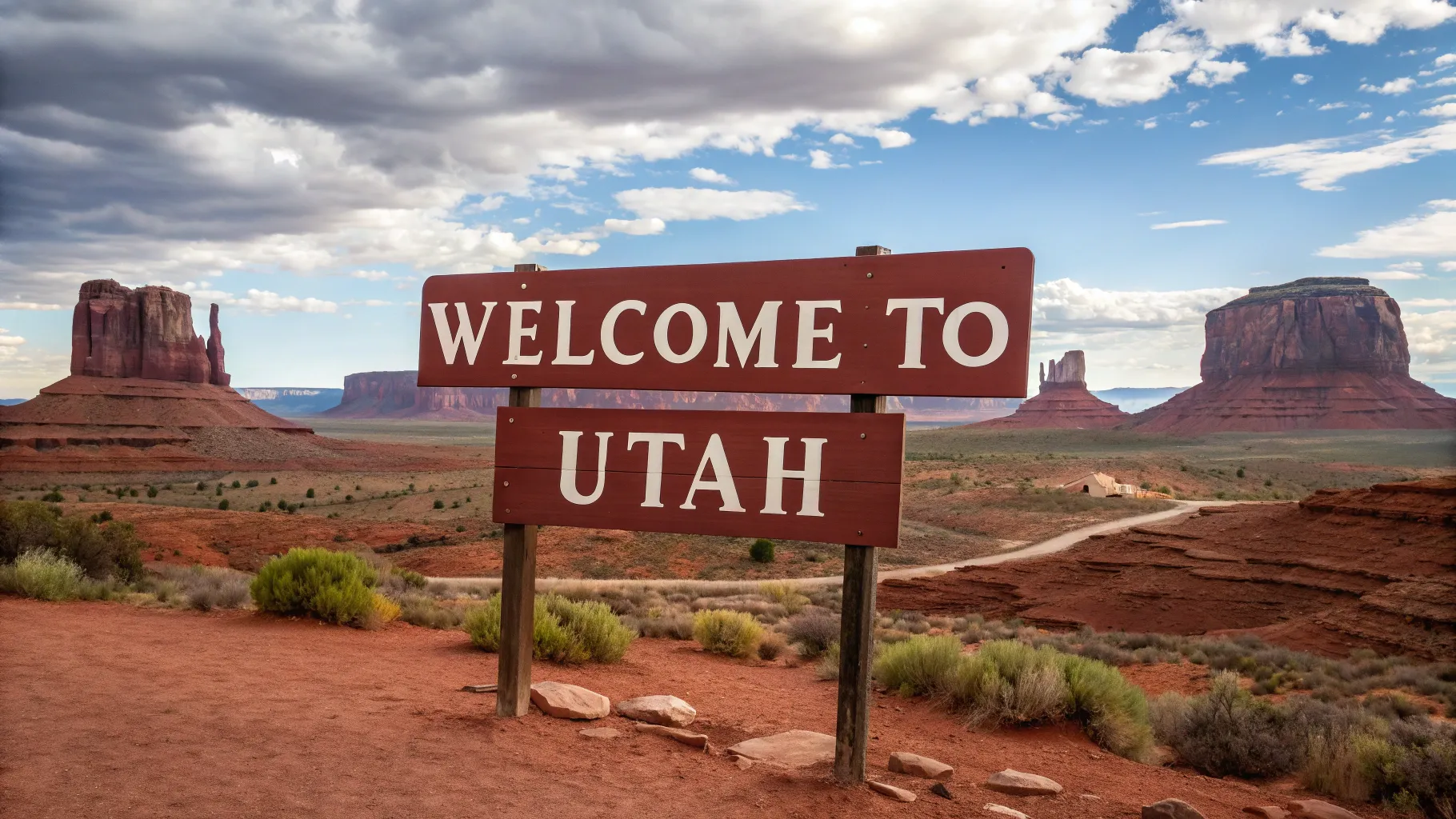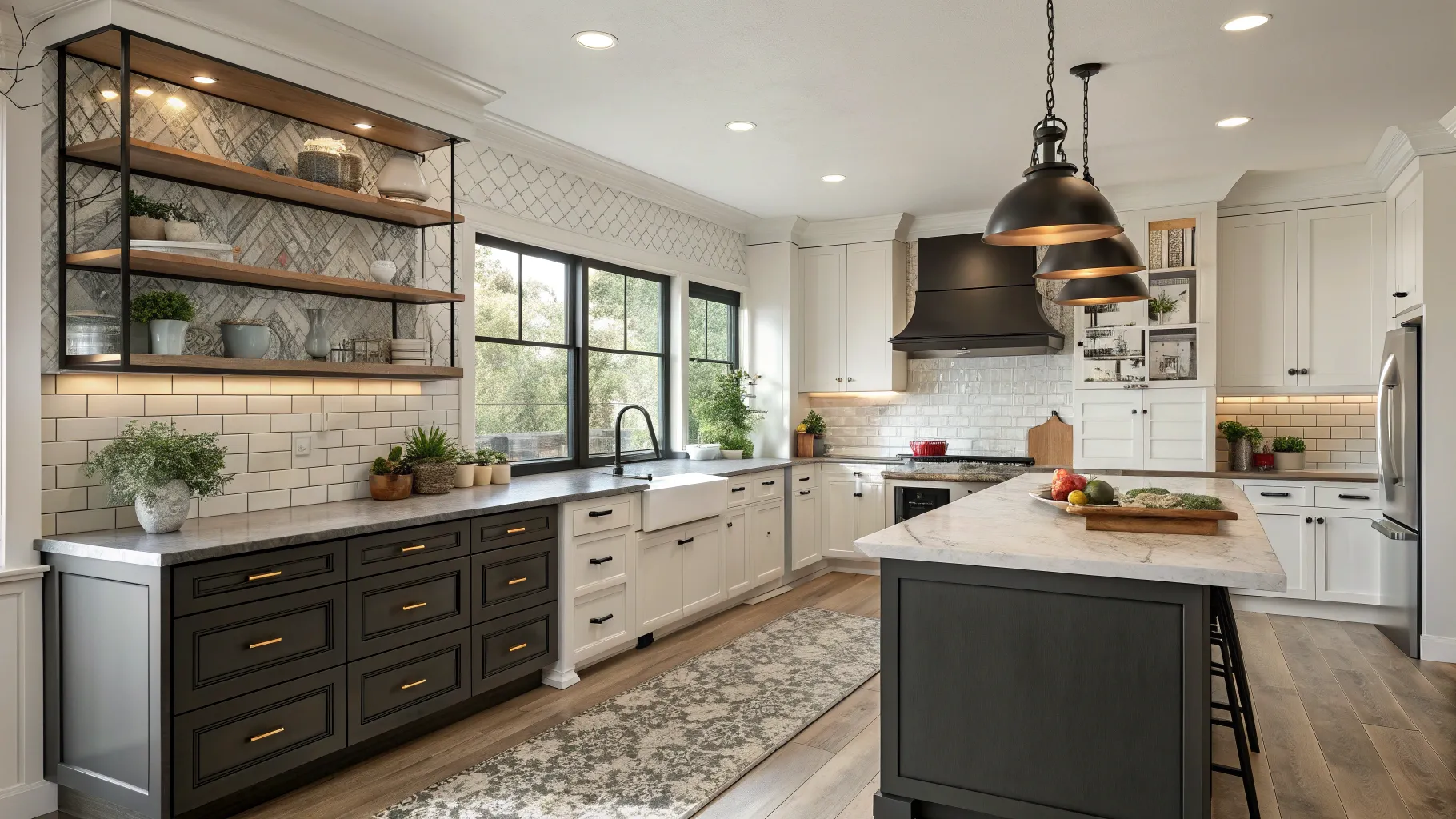The U.S. housing market is at a crossroads, and federal policy moves could meaningfully shift supply, demand, financing rules, and ultimately prices.
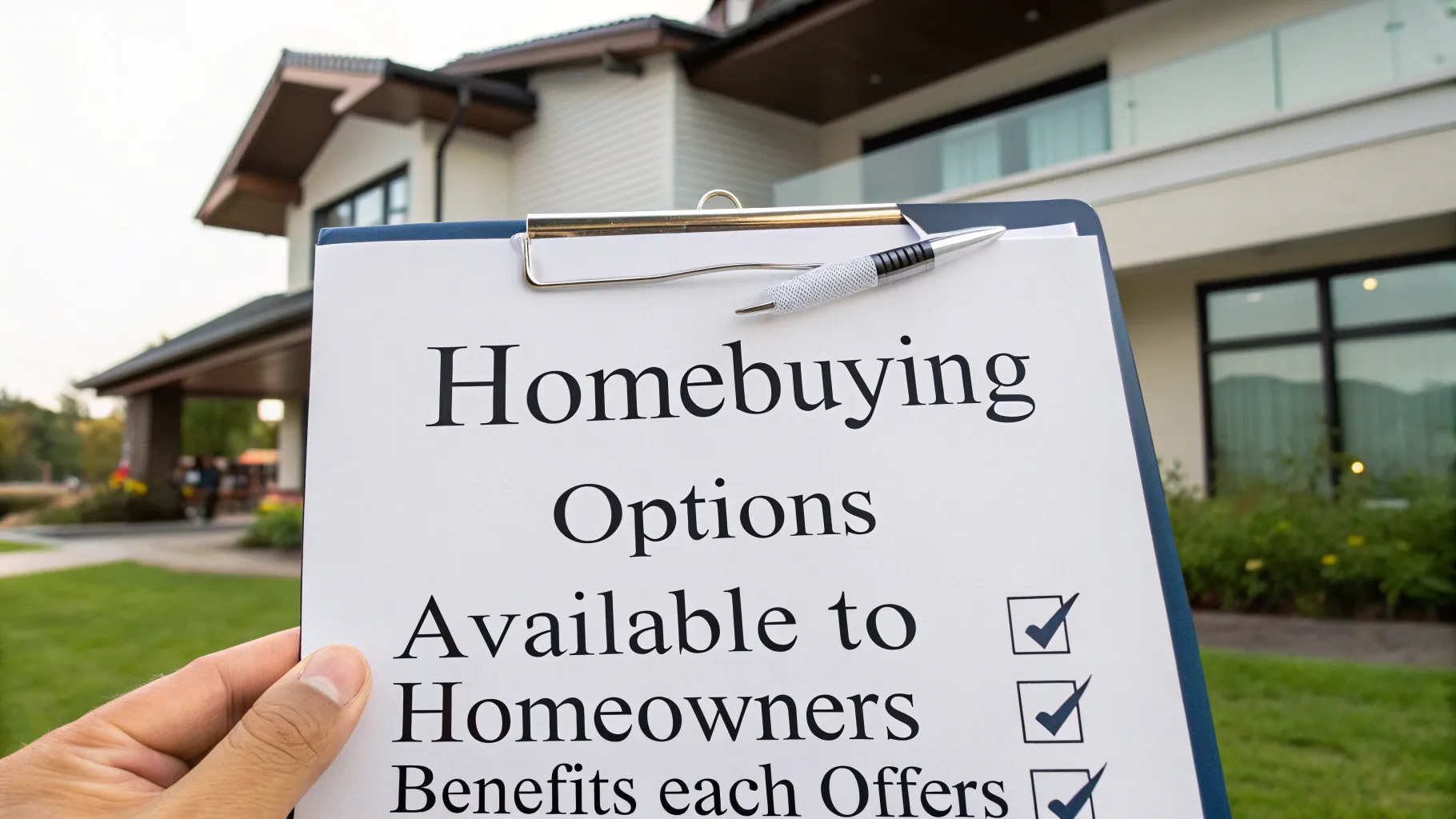
Insurance should be at the top of your list whether you've purchased your home or are in the homebuying process. Getting coverage starts with understanding what insurance options are available to homeowners and what benefits each option offers.
Why You Should Insure Your Home
Your home is one of your costliest investments, and you want to protect it properly, which is why insurance is important. It provides peace of mind and a sense of security.
However, a standard homeowners policy isn't the end-all-be-all solution. You may need other policies and add-ons depending on where you live, how you use your home and what else you want to protect. Keep in mind that all insurance isn't created equal. The least expensive premiums may have less coverage.
Steve Gooch from the Utah Insurance Department highlighted the difference between home insurance options, saying that those who live right up against the Wasatch Mountains may need more protection due to wildfire risk.
1. Standard Homeowners Insurance
This is your foundation. Most mortgage lenders require it — and for good reason. A standard policy typically includes the following:
- Dwelling coverage for the home's structure, like roof, walls and porch
- Coverage for detached buildings like garages or sheds
- Personal property protection, which helps you replace belongings like furniture, electronics and clothes
- Loss of use, which helps you cover temporary living expenses while your home undergoes repair
- Liability protection in case someone is injured on your property
- Medical payments coverage for small injuries, regardless of who's at fault
In Utah, several events and weather conditions can damage your roof, including heavy snow and ice, windstorms, and hailstorms. Most insurance companies offer roof repair or replacement coverage, but not all policies cover every type of roof damage. It's important to speak with your insurance agent to understand the particularities of your policy and what it covers.
2. Flood Insurance
Standard homeowners insurance doesn't typically cover flood damage, and flooding remains one of the most common natural disasters in Utah.
In 2023, 10 out of 15 natural disaster declarations in the state were flood-related. Utahns can use the Federal Emergency Management Agency (FEMA) website to see if they live in flood-risk areas. With high precipitation in the capital, 25% of Salt Lake City is at high risk of flooding.
Your mortgage lender may require a separate flood policy if your home is in a floodplain. Even just an inch of water can cost you $25,000 in damage. If you live outside of flood-risk areas, you should still consider getting flood insurance to help you recover faster should unexpected flooding arise.
3. Earthquake Insurance
Utah sits on the Wasatch Fault, which means earthquakes are a real risk. Standard homeowners policies usually won't cover earthquake damage, but you can add earthquake coverage or buy a separate plan.
In 2020, a 5.7 magnitude earthquake in Magna damaged several buildings. While there were no fatalities, many homeowners were caught off guard, especially those without earthquake insurance. The University of Utah detected over 2,500 aftershocks following the initial quake.
4. Windstorm Insurance
Utah's microclimates bring sudden wind events. While some standard policies include wind damage, others exclude it or limit coverage significantly.
If your policy doesn't cover wind damage, you may want a separate windstorm plan to protect against roof damage, fallen trees or broken windows.
5. Hazards Insurance
Hazards insurance can fill the gaps if you want broad protection from multiple natural or manufactured threats. There are 16 dangers covered by home hazard insurance, with various degrees of protection against smoke, riots, vandalism, theft and other threats.
This policy may also include events like wildfires, landslides and storms not typically covered by standard plans. It's especially useful if you live in rural or mountainous parts of Utah where fire danger and land movement are more common.
Insure Your Home and Protect What Matters Most
Home insurance isn't a one-size-fits-all solution. It's important to consider the risks you're most likely to face and the level of protection you need to feel secure. Start with a solid homeowners policy, then add the options that suit your circumstances — flood insurance in wetter areas or earthquake coverage near the Wasatch Fault. While the right coverage bundle might cost a bit more upfront, it could save you thousands in the event of an unexpected disaster.
